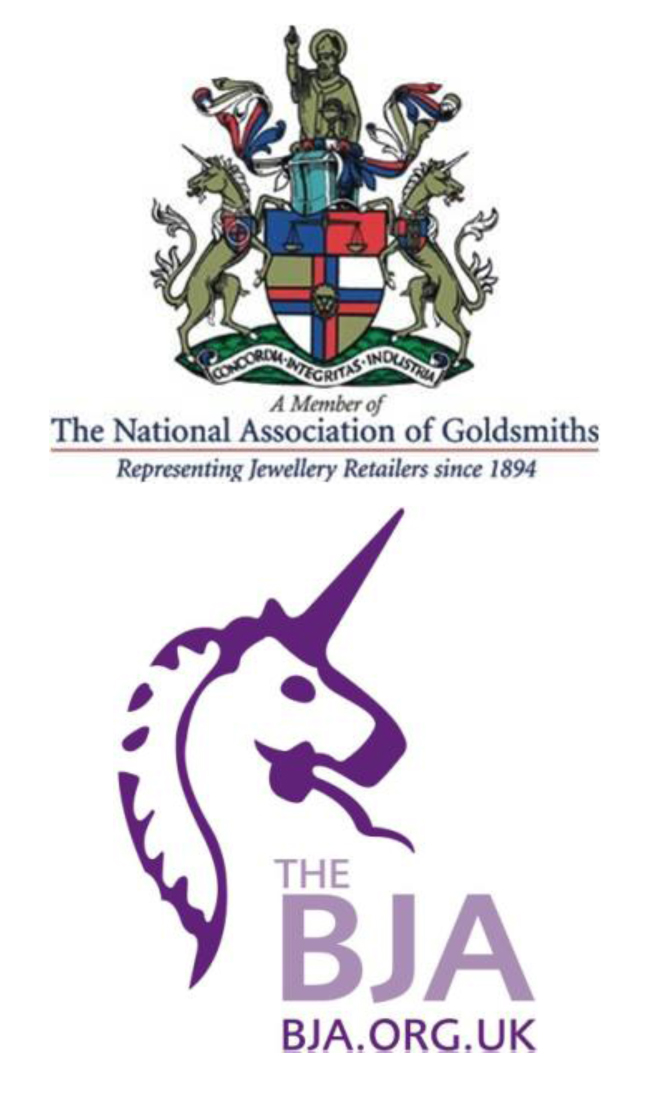In the past ten years, ethical initiatives across all levels and segments of the gold jewellery sector have flourished. The supply chain is a complex one with a proliferation of companies and individuals playing their part in bringing products to market. The result is a web of complimentary, sometimes conflicting, and often overlapping schemes, each with their own priorities, timescales, and ultimate objectives.
Conflicts, politics, shifting allegiances, vested interests and many other factors are continually re-shaping the world in which we live.
The result is a complicated matrix that is not easy to navigate. Customers seeking greater understanding, and jewellers committed to the ideals of ethical trading find themselves baffled by the plethora of initiatives.
That is why, in Britain, first the National Association of Goldsmith’s (N.A.G) and the British Jewellers’ Association (BJA), and most recently the Gem-A, have come together over the last 18 months to form a joint ethics working party to try and answer some of the more pressing questions; to put the plethora of initiatives in context and devise some straightforward and unambiguous guidance for jewellers.
This report details the sectors of the UK jewellery industry involved with the trade of gold. The objective of the study was to gain detailed understanding of the movement of gold in the supply chain, including the risks from designated conflict zones which affect gold trade and subsequently the gold supply chain.
Due to the gold’s use as both a high value product and as financial currency which is both portable and can be transported in various forms, there is high risk associated with the gold trade regarding security, its potential to finance criminal activity and its relative lack of traceability. Furthermore, the extraction of gold can be extremely dangerous, invoking serious effects on the communities around mine sites, ranging from social problems to severe human rights violations. In addition, lack of environmental stewardship, through to extreme environmental catastrophes bring further risk. Civil society, lobbyists and media bring these transgressions to the attention of the public and to consumers.
In 2011-2012 the ethics working party conducted a series of industry consultations and workshops to take stock of the issues of human rights, negative community impacts and environmental threats which exist within jewellery supply chains. Associations between the jewellery industry supply chains and negative impacts on producer communities, or trade with conflict zones may ultimately pose a threat to consumer confidence. The study then examined where bottle necks to progress existed and circumstances which may prevent ‘ethical’ objectives such as traceability, transparency, chain of custody and environmental stewardship from being successful.
Consultations also considered the impact of a selection of ethical initiatives on a cross section of the industry, giving consideration to both the ‘input’ of gold via primary gold mining sources and second-hand or scrap metal, then the ‘outputs’ of gold into the streams of commodity trading (investment) and consumer product gold (specifically jewellery).
To download the full report, please CLICK HERE

